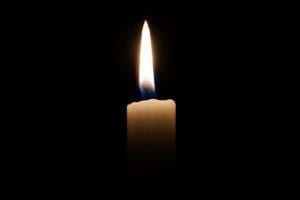Diffuse Large B-Cell Lymphoma
What is diffuse large B-cell lymphoma?
Diffuse large B-cell lymphoma (DLBCL) is the most common form of non-Hodgkin’s lymphoma, with more than 18,000 people being diagnosed every year. B-lymphocytes are affected in this aggressive cancer.
This cancer can occur in any place throughout the body and affect people of any age, but it is most likely to affect the lymph nodes in those over the age of 60.
What are the symptoms of diffuse large B-cell lymphoma?
The most common symptom is painless swelling of the lymph nodes, which can occur in many places throughout the body and grow quickly. Other symptoms include night sweats, fevers, unintentional weight loss, and itching.
If the cancer has spread, other symptoms may occur depending on the affected organs. For example, DLBCL that has spread to the abdomen can cause effects like pain, diarrhea, and bleeding.
What causes diffuse large B-cell lymphoma?
The cause of this cancer is unknown. Risk factors include a weak immune system, autoimmune diseases, and having a family member with DLBCL.
How is diffuse large B-cell lymphoma diagnosed?
A lymph node biopsy and blood tests are the two main tests used to diagnose DLBCL. Imaging tests and bone marrow tests may also be used. Further tests may be used to stage the cancer.
What are the treatments for diffuse large B-cell lymphoma?
Treatment depends on the stage of the cancer, symptoms, patient health, the likelihood of regression, general health, and levels of chemical in the blood. Treatment options include chemotherapy, immunotherapy, radiation, surgery, and bone marrow transplants.
Where can I find out more about diffuse large B-cell lymphoma?
Diffuse Large B-Cell Lymphoma Articles



A New Treatment for Diffuse Large B-Cell Lymphoma Could be on its Way to EU Approval

Enrollment Ceases for Phase 2 Study for DLBCL After 7 People Die

The FDA Approves Roche’s Antibody Drug Polivy to Treat Lymphoma Patients

Rep. Jamie Raskin Shares Update on DLBCL, Says He is in Remission





